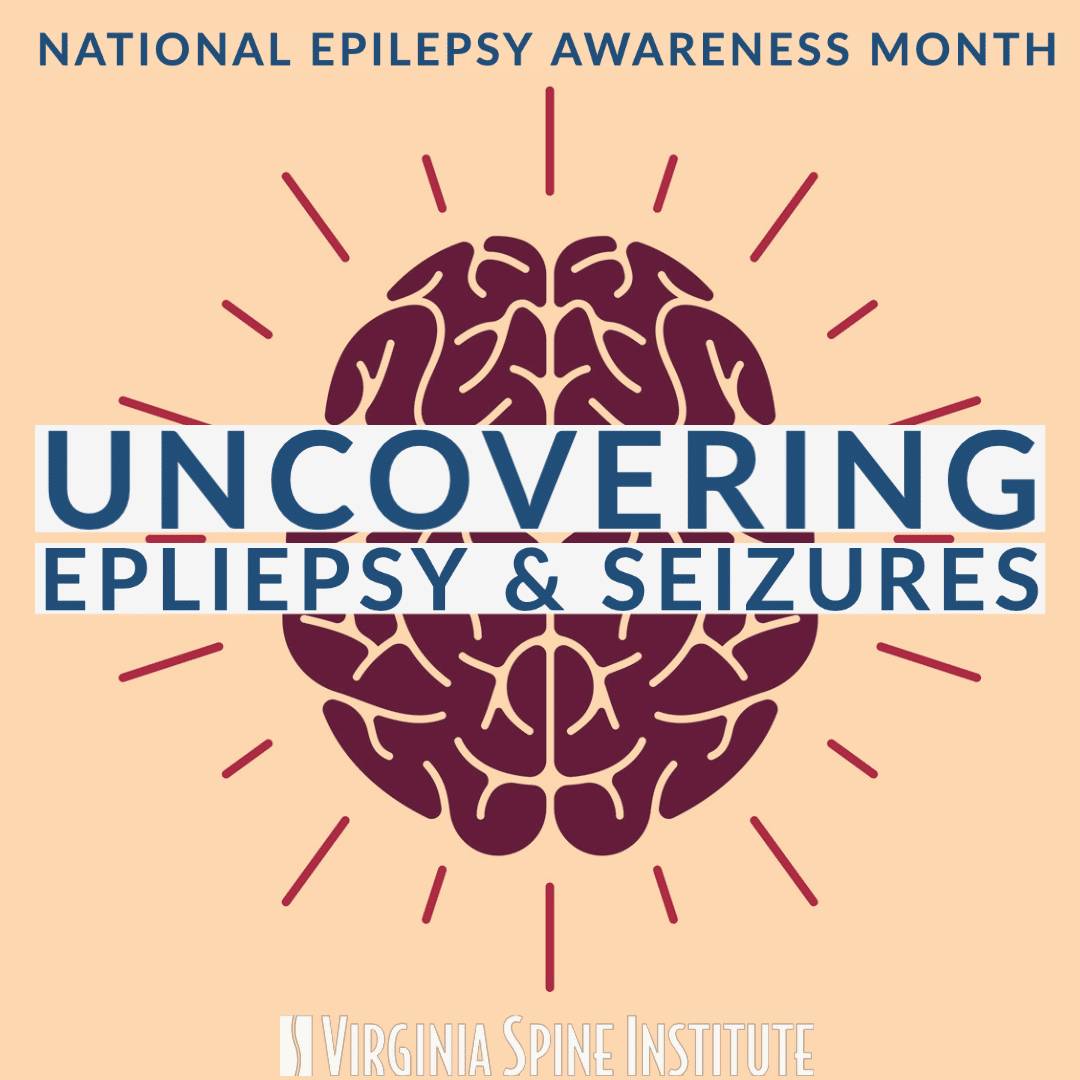
Uncover the Facts About Epilepsy and Seizures
March 26 is Epilepsy Awareness Day, and about 3.5 million people in the United States suffer from epilepsy. It is often very scary to see a family member or friend lose consciousness. Scarier still is if our loved one starts shaking all over and struggling to breathe. Even when these abnormal movements improve, it may be hours before they return to themselves. But what caused this episode, and what can we do to treat it? Could it have been a seizure?
WHAT IS A SEIZURE?
Think of your brain like a computer. There are many interconnected parts that communicate with electric impulses. When the computer is working, all the signals reach their desired parts, and everything runs smoothly. Now, suppose there is a surge of abnormal electric activity. This surge can spread from part to part and overwhelm the computer. The computer may freeze, start running applications on its own, and even shut down all together. Eventually, after the crash, the computer restarts, but it takes longer for everything to return to its normal function.
Similarly, the brain has many nerve cells that communicate via electric impulses. A seizure results when an abnormal surge of electric activity causes our awareness of the world around us to “crash,” just like a computer. A “crash” for our brain may lead to loss of consciousness. Additionally, the surge of electric impulses may activate brain cells that should not be activated, leading to abnormal actions in parts of our body such as convulsions, tongue biting, and loss of bowel or bladder control. Once the abnormal activity ends, the brain, just like the computer, needs a good restart. It can take a few hours after a seizure for the brain to return to its normal settings. During these few hours, the person who had the seizure may be confused, tired, sore, or even weak in the muscles involved in the convulsions.
There are different kinds of seizures that vary in their severity. Some seizures consist of staring spells or smacking of the lips while consciousness is maintained. Others result in convulsions of one body part or half the body, with or without loss of consciousness. The most serious and dramatic type of seizure consists of loss of consciousness, stiffening, and whole body convulsions. During these serious seizures, tongue biting, foaming at the mouth, loss of bowel and bladder control, and even loss of the ability to breathe can occur. These types of seizures need to be identified and treated immediately as they can be life-threatening.
HOW DO WE DIAGNOSE A SEIZURE?
As with other conditions, we start with the history and physical examination. A good history can differentiate a seizure from other conditions that can cause someone to pass out, such as syncope, heart disease, or loss of oxygen. Episodes that have the same progression every time, such as a warm sensation followed by loss of consciousness and right-sided jerking occurring with every spell, can strongly suggest a seizure. A period of confusion lasting more than a few minutes after a loss of consciousness can also suggest a seizure. Low blood sugars, lack of recent meals, and strong emotional reactions just before the spell can suggest syncope, or loss of consciousness due to a sudden drop in blood pressure. Chest pain, nausea, vomiting, shortness of breath, and a feeling that your heart is racing before an episode can instead suggest that the spells are the result of your heart not working properly. A history of lung problems in a patient with loss of consciousness may suggest that oxygen is not reaching the brain.
During the physical exam, the first step is to check vital signs. The first priority is making sure your blood pressure is not too low. A high heart rate or low respiratory rate may also suggest a heart or lung issue. The doctor will then evaluate your thinking. In a seizure, your brain may not be at full capacity for hours after the episode. The doctor will also look for any weakness and numbness that can occur after a seizure.
After the history and exam, more testing may be needed. The doctor may order an MRI to look at your brain. Sometimes, an abnormality there can cause the surge of electric activity that led to the seizure. These abnormalities can include prior strokes, tumors, or other masses. It is important to identify these so that they can be treated if necessary. The doctor will also likely order an electroencephalogram, or an EEG. This test involves putting electrodes on your brain to monitor its electric activity. It may confirm the presence of seizure activity.
HOW DO WE TREAT SEIZURES?
Like with many other medical conditions, we have treatments to prevent seizures as well as to stop them while they occur. More medications than ever before are available to stop seizures from happening, and some of them have little in the way of side effects. We also have medications available to stop the severe episodes. However, if you suspect a severe seizure, it is important to call 911 immediately so that stronger medications can be given as soon as possible.
In addition to medications, we often instruct patients to avoid situations that may cause a seizure. For example, sleep deprivation can often lead to a seizure. Stress, alcohol withdrawal, infection, and electrolyte abnormalities are other possible triggers. Using strategies to limit or avoid these factors can also lead to less seizures in the long term. If you or something you know is suffering from seizures, schedule a consultation with Dr. Ebdlahad at Virginia Spine Institute.
Topics covered
About the Author
Featured Resources
Insights to Achieve a Pain-Free Life

